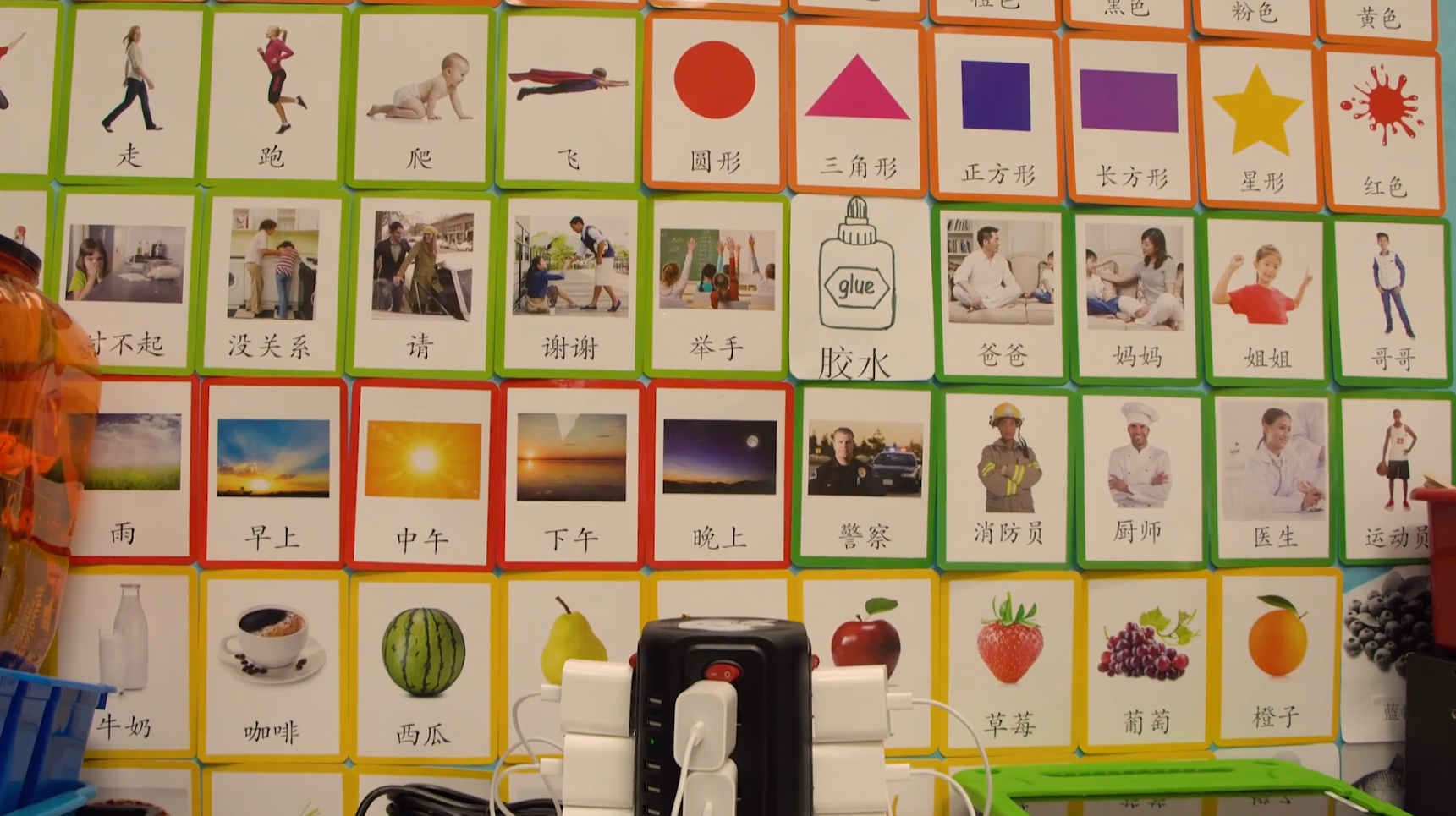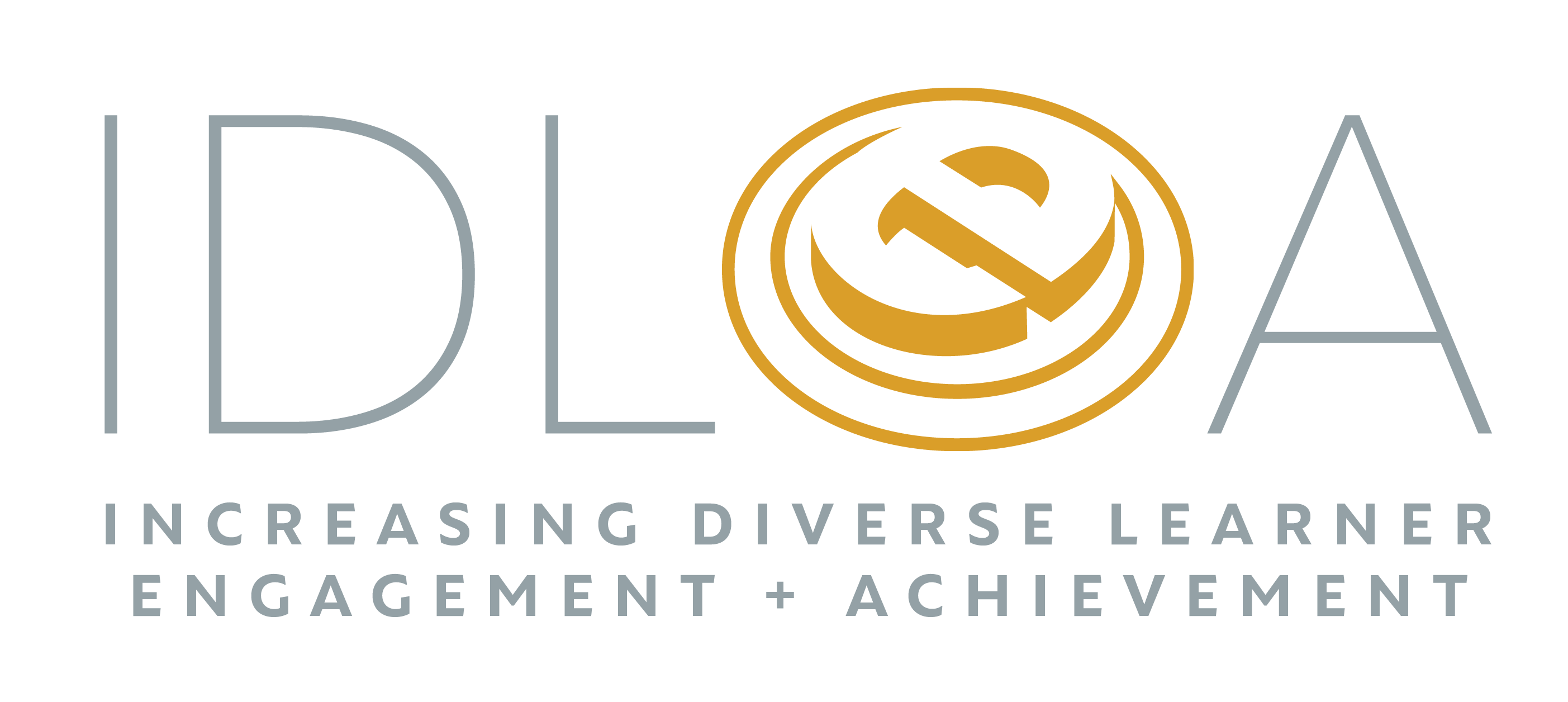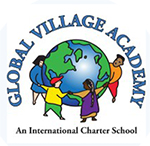“We want the students to be doing the talking. We want the students to be demonstrating the learning, teaching their classmates and their peers what they know.”
—Kate Eggleston, Student Services Coordinator
Meeting Teachers Where they are at to Push Student Cognitive Lift
Global Village Academy (GVA) is a language immersion school in Northglenn where students spend 50% of their day learning in English and the other 50% learning in the language of their choice, including Spanish, Mandarin, Chinese or Russian. According to Kate Eggleston, Student Services Coordinator, what they observed during initial assessments were the teachers doing the majority of the talking during the class periods. “We want to flip that,” she says. “We want the students to be doing the talking. We want the students to be demonstrating the learning, teaching their classmates and their peers what they know.”
In short, GVA wants to increase the cognitive lift in their classrooms and in a language immersion school this is particularly important. Explains Principal Nicole Wetzel, “The more the kids can use the language and speak, and the more chances they have to do that, the faster they're going to acquire that second language.”
Their goal is for teachers to create and implement effective lessons to achieve that through target areas that include lesson plans, academic language, intellectual prep, and student questioning. To implement these strategies, the campus mapped out the school year week-by -week with quarterly targets, including scope and sequence. Bi-monthly team check-ins help to monitor and adjust the plan as necessary while specific professional development assists the teachers with target areas.
The first obstacle they had to overcome was tweaking the student survey in their baseline observations to be more effective, including putting it into kid-friendly language, adding pictures and icons, and actually sitting down with the kids and explaining what the question is. Says Nicole, “You can't just ask a kid, ‘what makes you more engaged?” because a six-year-old has no idea what you're saying.
As for staff, Kate says, “We gave teachers an overview of what we wanted our classrooms to look like by the end of this project. We will then cater to each teacher’s individual needs as we go along.” Whether they are new or seasoned, the school hopes to meet them where they are at, providing support while allowing them to maintain control over what works best for them in terms of lesson planning and approach.
“Each teacher will move at their own pace,” explains Nicole. The expectation will be that teachers are pushing themselves, but within reason. It'll be incremental steps and we'll just keep track of each teacher's progress as we go.”
Kate agrees that this paired down approach has contributed to GVA’s implementation success. “We're a larger school. We have about 850 kids and almost a hundred staff and we had to come to the realization that we can't just push one more thing on people. At first, that felt like a challenge, but then we're like, okay, how do we step back and reevaluate this process?”
The school has done quite a bit of training in Kagan engagement strategies over the years, providing most of their teachers with a baseline understanding of what and how to implement the approach, but Nicole doesn't see it as the end-all, be-all. “We're looking for other sources of professional development to bring in just to kind of open the world to our teachers and say, you know, you can do things beyond Kagan,” she says.
Ultimately, GVA created a small cohort of teachers that are willing and able to practice some of these strategies and then show others. Overall, staff were excited about the project and ready to jump in. “I think everyone recognizes the value in increasing the cognitive lift for students, so it wasn't a tough sell,” shares Nicole. She believes all students, including gifted and talented students as well as those with IEPs, will benefit.
“Particularly the gifted kids because so much of what we're doing comes naturally for them, so getting them to actually think more deeply is very important. And for any of our students that are on an IEP, this will be just as impactful for getting them to actually interact and use those thinking and cognitive skills. It’s just going to solidify that learning in their brains even more and give them a chance to actually apply what they're learning,” explains Nicole.
As with any school, the shift will take more time with some teachers than with others. “The hope,” she says, “is that we'll eventually start to see a kind of uniform lesson plan that includes engagement strategies that they'll be using to try to encourage that increased cognitive lift for students.”
“It’s hard to give up that control and to kind of let the kids run with it, but once you've figured that out, and we do have a few teachers who do it very well already, it's a beautiful thing,” says Nicole. “Watching the kids doing the learning on their own and doing all the thinking, it's so much more impactful for them.”
By March, says Kate, “I feel like we've really kind of just hit our stride, which is a little scary that it's March, but it's also super exciting because we can see a future.” That future includes continued forward momentum of increased cognitive lift not only next school year but into the foreseeable future. She’s seeing teachers put it into action daily, asking more questions of their students. “We’re seeing it not just in the classrooms but in the hallways in small moments. It’s really showing,” shares Kate.
She continues, “I think the teachers are changing their thoughts on teaching and how they're presenting information. Kids are talking more, and the teachers are taking a step back, letting the kids do the thinking and walking through these processes instead of the teacher essentially doing it for them.”
When GVA first developed its cohort idea, it was just the English classroom teachers who came onboard, but Kate made a point to reach out and ask for immersion teachers. As a result she has a Mandarin Chinese and a Spanish immersion teacher who are implementing some of these strategies in their Spanish lesson or content math. She shares, “I think it's going to be really great to show all the other teachers in our school that we can implement these strategies in any classroom. It can be the art room, it could be PE. It doesn't have to be just your typical math or ELA class.”
Moving forward, GVA intends to maintain its cohort approach with fluid lesson planning that may differ for each teacher but ultimately gains the same outcome of increased cognitive lift. “We know what we want our outcome to be. It may look different for every teacher and that's okay.”
Overall, the project has made Kate really think about teaching practices, especially in a language immersion school. “That's a huge piece of our model,” she says. We want our kids talking and this project has really pushed that.”


